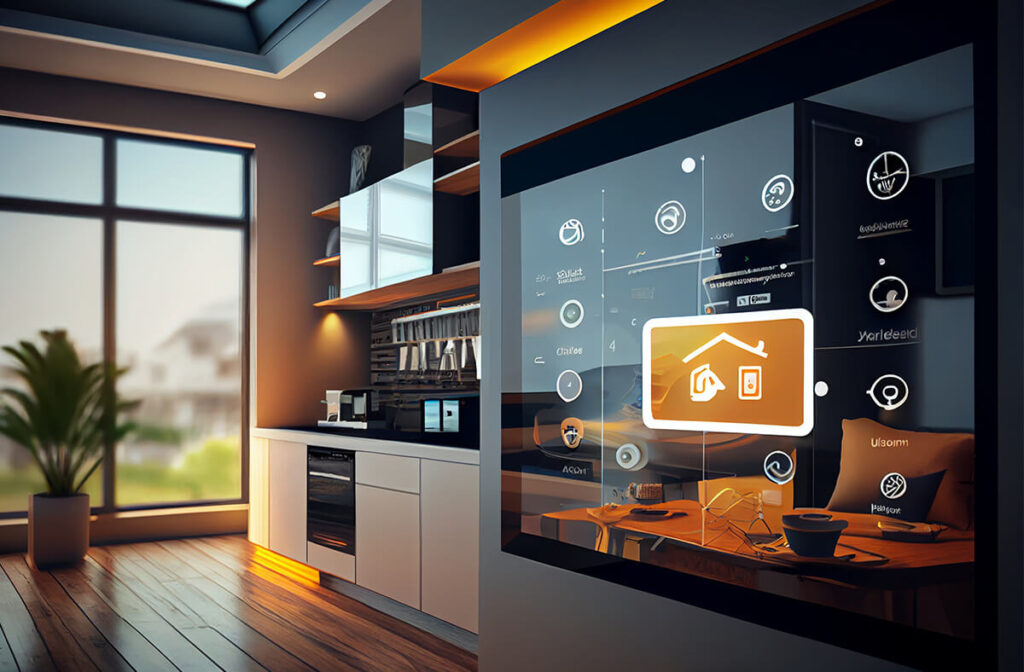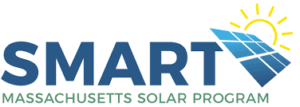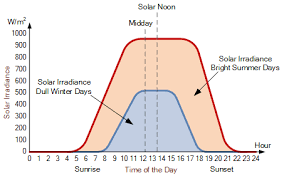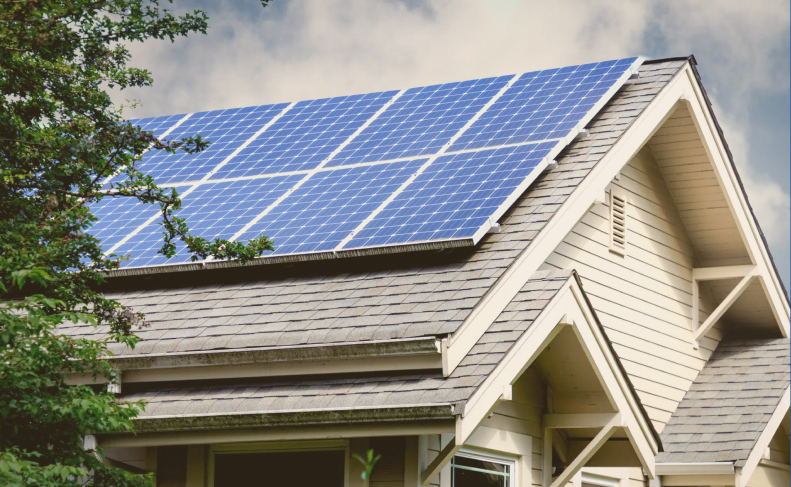Introduction
Smart Homes are homes which are powered by computing devices and information technology that connect various gadgets and instruments in the house to provide enhanced comfort, convenience, security, and entertainment to residents in a sustainable way. Smart Home Market in India is very popular in India due to working professionals.
The Smart Homes market is fast evolving in the Indian context. Initially Smart Homes
were marketed primarily as homes with advanced security features. The market is now
evolving into newer areas like lighting systems, gas leakage detectors, fire detection
systems, entertainment systems and energy efficiency systems.

It is estimated that the Smart Homes solutions market in India is growing in India at a rate of 30 percent YOY. At this rate, the market will double in revenue every 3 years. The market is therefore, likely to explode over the next few years.
Experts believe that security, conveniences and energy efficiency are spurring the growth of Smart Homes in India. With the growing number of working couples in India, especially in metros, more and more homes stand empty for a large portion of the day.
Types of Smart Homes Category
- Security features – Video (IP) door, Gas leakage, Motion sensors, Dome
speaker / Mike. Few mentions of Curtain sensors, Intrusion sensors and Fire
control features - Lighting controls – Switching lights from remote control
- Entertainment – AV controls. Few mentions of content sharing & information feed
- Electrical controls – AC controls. Few mentions of Smart gadgets
- Communication tools- Communication with front door and main gate
Smart Homes Market in India is exploding.
From the customer perspective
The awareness of Smart Homes is very high amongst all the customers interacted with. Almost all customers met with as part of this study were well aware of Smart Homes.
The predisposition to go in for Smart Homes is also very positive in urban India. In upper end homes (i.e. outlay of more than INR 5 cr.), almost all home owners want to have Smart Homes. In metros even in middle level homes (i.e., sub INR 1 cr outlay), many customers want to go in for Smart Home solutions.
The biggest contribution to generating this awareness is currently being made by builders. Customers are becoming aware of Smart Homes by way of seeing model flats, seeing brochures that builders put together showcasing Smart Homes. Apart from builders, another key source of awareness generation for Smart Homes has been the internet.
As described by a customer in Bangalore market, Security is the biggest concern today. If there is a break in, I should get a message; if the gas is leaking I should get a message. Safety & security is the reason I want to have a Smart Home. It is very important & every house should have it.
What do Smart Homes mean to customers?
Thus, when talking about Smart Homes, customers mostly talk about security features,
digital security, secured homes etc. As mentioned by a customer in Mumbai, “It reduces my work, it is convenient to use, if I forgot something means also it will switch off automatically.
Other associations that customers make when envisioning Smart Homes are of sensors,
câmera, automation and status etc. However, these are fewer in number.
What is driving the acceptance of Smart Homes?
The primary driver for the acceptance of Smart Homes amongst the urban Indian customer is ‘Security’. Of all customers who want to go in for Smart Homes, about half of them are driven by the security assurance that comes with Smart Homes.
What are customer expectations from Smart Homes?
As security is the key motivation driving the acceptance of Smart Homes, security features are hygiene to Smart Homes. Customers expect all features which will aid in making their homes more secure.
All electrical controls like AC controls, Smart gadgets and UPS controls are ‘desire’
factors.
Non delivery on this will make them dissatisfied with the solution and delivery on
this will add to overall satisfaction.
All entertainment controls like AV control, content sharing, content and demand are not
really expected by customers and delivery of these features will delight and are therefore
‘delight’ factors.
Conclusion
Awareness of Smart Homes is very high amongst customers almost universally in metros and upper end target audience segments
1. The predisposition is also very positive with almost all customers in upper end homes wanting to go for some extent of Smart Home solutions.
2. Currently the largest drivers for Smart Homes are Security, Convenience, Energy efficiency
3. There are no significant barriers, except fear of cost (cost could be very high) not sure of real value they will get
4. Acceptable price is ~1% and could go upto 5% of the value of the property
https://economictimes.indiatimes.com/photo/50040354.cms?from=mdr






